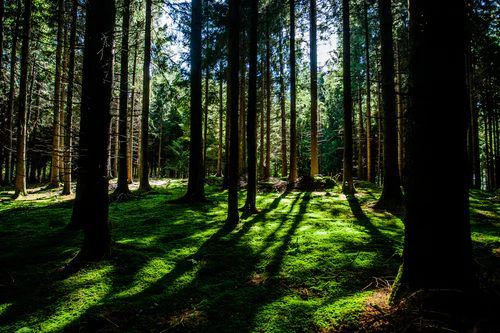
Trees
Monmouthshire is a county in South East Wales. The name derives from the historic county of Monmouthshire. The largest town is Abergavenny, the other towns and large villages are Chepstow, Monmouth, Usk and Caldicot.
Monmouthshire’s mean canopy cover for 2013 was estimated at 15%, totally 282 hectares, which is down from 16.2% in 2009. The distribution of Monmouthshire’s urban tree resource amongst 12 land uses has demonstrated the range of private and public stakeholders that have a decisive impact on the county’s future and existing urban canopy cover.
Many groups are hoping to conserve and restore grasslands that are flower-rich by enabling members to manage their fields and gardens effectively. In Monmouthshire especially meadows have declined over the last century, with proper tree service management it is possible to restore them. Trees, meadows and pastures are vitally important habitats for nature, fungi, animals and insects.
In Usk some of Wales rarest trees will be planted, The Leys whitebeam is the product of a grey leaved whitebeam and the rowan tree sometime within the last 8000 years. Tree services will plant the trees; they require very specific growing conditions, preferring plenty of sunlight with foundations of limestone. The trees will grow up to 50 ft. in height and will bloom bright red berries.
There are many things to do in Monmouthshire, such as walking throughout the glorious countryside, you can go on a leisurely town walk or hike a mountain in the Brecon Beacons, whatever type of walk you fancy Monmouthshire will have you covered.
There are many museums in Monmouthshire such as the Abergavenny museum and castle or the Chepstow museum; both are great for a day out.
There are also many churches in Monmouthshire to visit, not to mention the religious ruins.
Once you have worked up an appetite visiting places or hiking up and down the mountains, why not try one of the many afternoon tea rooms and the restaurant’s there is to offer.